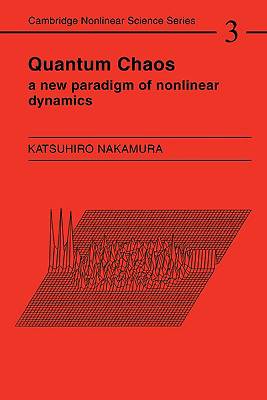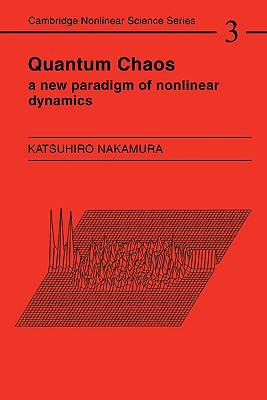
- Afhalen na 1 uur in een winkel met voorraad
- Gratis thuislevering in België vanaf € 30
- Ruim aanbod met 7 miljoen producten
- Afhalen na 1 uur in een winkel met voorraad
- Gratis thuislevering in België vanaf € 30
- Ruim aanbod met 7 miljoen producten
Zoeken
€ 67,95
+ 135 punten
Omschrijving
Almost all the many past studies on chaos have been concerned with classical systems. This book, however, is one of the first to deal with quantum chaos, the natural progression from such classical systems. In this book the author deals with three major issues in quantum chaos. First, quantum mechanics is applied to both bounded and open systems exhibiting classical chaos. Potential problems involving quantum chaos are revealed in diverse areas of solid-state science, and standard concepts such as diamagnetism, antiferromagnetism, spin waves, electrical conductance and so on are shown in a fresh light through quantum chaos. Second, adiabatic-ansatz eigenvalue problems are shown to yield a new paradigm of non-linear dynamics, closing the gap between the greatly different theories of solitons and random matrices. Finally, the author provides a clue to how quantum mechanics may be improved so as to accommodate temporal chaos. First published in 1993, this book will be of value to researchers and graduate students in physics and mathematics studying chaos, non-linear dynamics, quantum mechanics and solid-state science.
Specificaties
Betrokkenen
- Auteur(s):
- Uitgeverij:
Inhoud
- Aantal bladzijden:
- 224
- Taal:
- Engels
- Reeks:
- Reeksnummer:
- nr. 3
Eigenschappen
- Productcode (EAN):
- 9780521467469
- Verschijningsdatum:
- 24/06/1994
- Uitvoering:
- Paperback
- Formaat:
- Trade paperback (VS)
- Afmetingen:
- 152 mm x 227 mm
- Gewicht:
- 331 g

Alleen bij Standaard Boekhandel
+ 135 punten op je klantenkaart van Standaard Boekhandel
Beoordelingen
We publiceren alleen reviews die voldoen aan de voorwaarden voor reviews. Bekijk onze voorwaarden voor reviews.











